
by Chris G7DDN
I had a lively conversation with one of my best Ham friends the other day – and it got me thinking again… (always a dangerous thing!)
It’s not Ham Radio!
We were discussing one of the big talking points about Network Radios; the problem it seems to give some people that they do not generate RF on Amateur Bands on their own.
My friend was arguing that using a Network Radio was not Amateur Radio, though when he talked about such devices accessing IRN and signals coming out on RF links via Echolink, he was happy to admit that it then could be Ham Radio, at least in part, because one’s voice would be coming out on, for example, an amateur repeater somewhere.
For him though, IRN to IRN or Zello to Zello was definitely “not Ham Radio” because no RF on an Amateur Band was generated.
I totally get this argument – it is impossible to disagree that Network Radios do not directly generate “Ham RF” or work directly on Ham bands.
But I think that this is not the only issue here, as I will come to in a moment…
You’re not an Amateur unless… what?
He went further still however and argued you are not “being a Ham” unless you are actually transmitting on Ham Bands.
His reasoning was that if you use CB, you are a “CB-er” and if you use Zello, you are a “Zello-er” and neither of these constitute any form whatsoever of Amateur Radio.
Again I totally understand this, but again for me this doesn’t completely hold up.
Why not?
Let’s see why I think things have changed.
For most of the history of Ham Radio, it was clear that Hams used only the allocated bands in the electromagnetic spectrum. This was in part because they were granted to us by governments for experimental purposes and, frankly, that is all there was!
Interestingly, many hams through history have not necessarily been particularly interested in operating at all – their main interest may have been circuit design and/or construction.
They only ever came on the air when they were testing something that involved having to transmit and the choice of band may well have meant little to them. They could have been anywhere on the Shortwave Spectrum in truth, but had to stick to allocated Ham Bands, for obvious reasons.
Others may have been into antenna design – and again only came on to the Amateur bands to conduct relevant aerial tests.
But I doubt whether any of these hobbyists saw themselves not as Hams until they actually transmitted RF…
And what about callsigns?
Our callsigns are very much part of our identity as Hams.
Rather oddly, I see myself as G7DDN whether I am washing up, driving my car, or on holiday – it is almost “part of who I am”. It is strange that a government allocated identifier can have this effect on us!
To make matters worse, I am even called “DDN” by my ham friends and club members – I call other club members by their suffixes too! Even my debating friend above calls all of his friends (they are pretty much all Hams!) by their suffixes.
Why? Because our very identity as people is, in part, wrapped up in our callsigns, even when we are not specifically “generating Amateur RF”.
Into the 21st Century…
Now this gets interesting when the Internet arrives on the Ham scene in the 1990s.
Suddenly we have a new form of propagation and a revival, after many years, of the very term “wireless”. But this is not exclusive to Hams anymore.
Anyone can use this short-range wireless radio – anyone can access the internet – anyone can have DX “Contacts” of a sort – hence the crisis of confidence Ham Radio has been grappling with for some years…
Does that mean though that the likes of Zello and IRN are not “valid”?
Does that mean Hams should absolutely not use these resources using their callsigns, because we are not transmitting on a specific Amateur Band, for example?
It’s about choice!
I would have thought it is up to us as individual hams to decide how we want to use the new forms of Internet propagation.
As I outlined in my recent article, “Taking a Break”, in my local club, we have set up a Zello channel. It is private, password protected and moderated. But it is used just like any Ham Radio channel with correct Amateur protocols etc.
When used with Network Radios (handheld SDR computers with PTT buttons), it is not long before it “feels” like Ham Radio in every way.
Ask someone who’s used one for any length of time… PTT buttons on handhelds take away the feeling of using an Android device; chunky units in one’s palm are just like any other HT; PTT-style comms remove any vestige of “phone-like” feel, but we get the advantages of crystal-clear audio together with the benefits of modern social media, such as photo ID of members, (great for getting to know people!) ability to replay “overs”, ability to moderate and self-police in appropriate ways.
Is our Zello Group “Ham Radio”? If you define it ONLY by generating RF on an Amateur Band, then no. But it certainly feels like it…
Is there another definition?
In the 21st Century, is generating “Amateur RF” the only way to define Ham Radio? 50 years ago that may have been an easier question to answer – now, I’m not so certain…
Natural forms of Propagation are only open to the traditional Ham Bands and radios – equally the new forms of Internet propagation are only open to computer-based “radios”. Is it not just a case of “horses for courses”? Use the right apparatus for what you trying to achieve?
The fact that Hams are playing with crossing over between these devices and internet forms of propagation is even more fascinating!
D-STAR and other modes have been part of this experimentation since the first digital commercial ham radios came out in the late 1990s.
And it’s only a hobby!
The word Amateur comes from the Latin “Amare” – to love.
In other words, anything Amateur is done for the love of it. Amateur Radio is a hobby we are involved with (hopefully!) because we LOVE radio in all its forms.
But Zello (and IRN) is also a form of radio.
Yes, it might use 5GHz or 900MHz, indeed we might not know exactly what frequencies we are using at any one time, but RF is being generated. (I am assuming use of a wireless device of course!)
Splitting Hairs?
Put another way, if I have a 10 minute conversation with a fellow Ham on Zello, and then I repeat that conversation verbatim for another set of 10 minutes on 2 metres, why should one be considered “valid” and the other not?
If the only thing that validates it is the fact that it is on 2 metres, I think we need to ask if we are not beginning to “split hairs”.
It’s technology that has caused the problems – we never had to address questions like this in the past.
CB and 446MHz were very much separate from Ham Radio, but the advent of new technology is what is causing new (almost philosophical) questions to be asked about our hobby and where technology is taking us.
If you read my articles regularly, you will know I think this is not a bad thing.
Keeping an open mind is surely a good thing? A closed mind maybe less so?
But I love Ham Radio!
I do! I love Ham radio in all its forms – Zello/IRN to me is another “form” of Ham Radio, maybe not on a specific government-allocated Ham band, but to all intents and purpose, it feels like it.
I am certainly not going to pooh-pooh it – just because it is sending a certain number of cycles per second into my local atmosphere. I love learning how radio works and constructing things, but why should that stop me communicating with my Ham friends and using Ham protocols, via 2.4 GHz Wifi if necessary?
When I use Zello and IRN, I am still being “G7DDN” and I use Ham protocols accordingly. I don’t have to maybe, but I do, especially as our club Zello group has our own home-grown rules to say we should do so.
It was so much easier without the Internet!
Ham bands were Ham bands, broadcast bands were broadcast bands, numbers stations were numbers stations and jammers were jammers.
Now the internet has come and ruined everything by making the fullness of the radio experience available to everyone, Broadcast radio, Spy radio, Business radio, Emergency services radio, Hobby 2-way radio and now it’s even “infected” Ham Radio. 🙂
We don’t have to let new technologies be polarising though. We can still stand up for and use “true” Ham Radio and simultaneously embrace Network Radios.
We can say, “OK this is not direct Ham RF but is something we can work with and use for our own ends.”
Perhaps the strangest quirk is that, if the Internet had been around when Amateur Radio first began, I wonder whether my best Ham friend and I might not even be having such a discussion today!
It’s a thought…
© April 2018
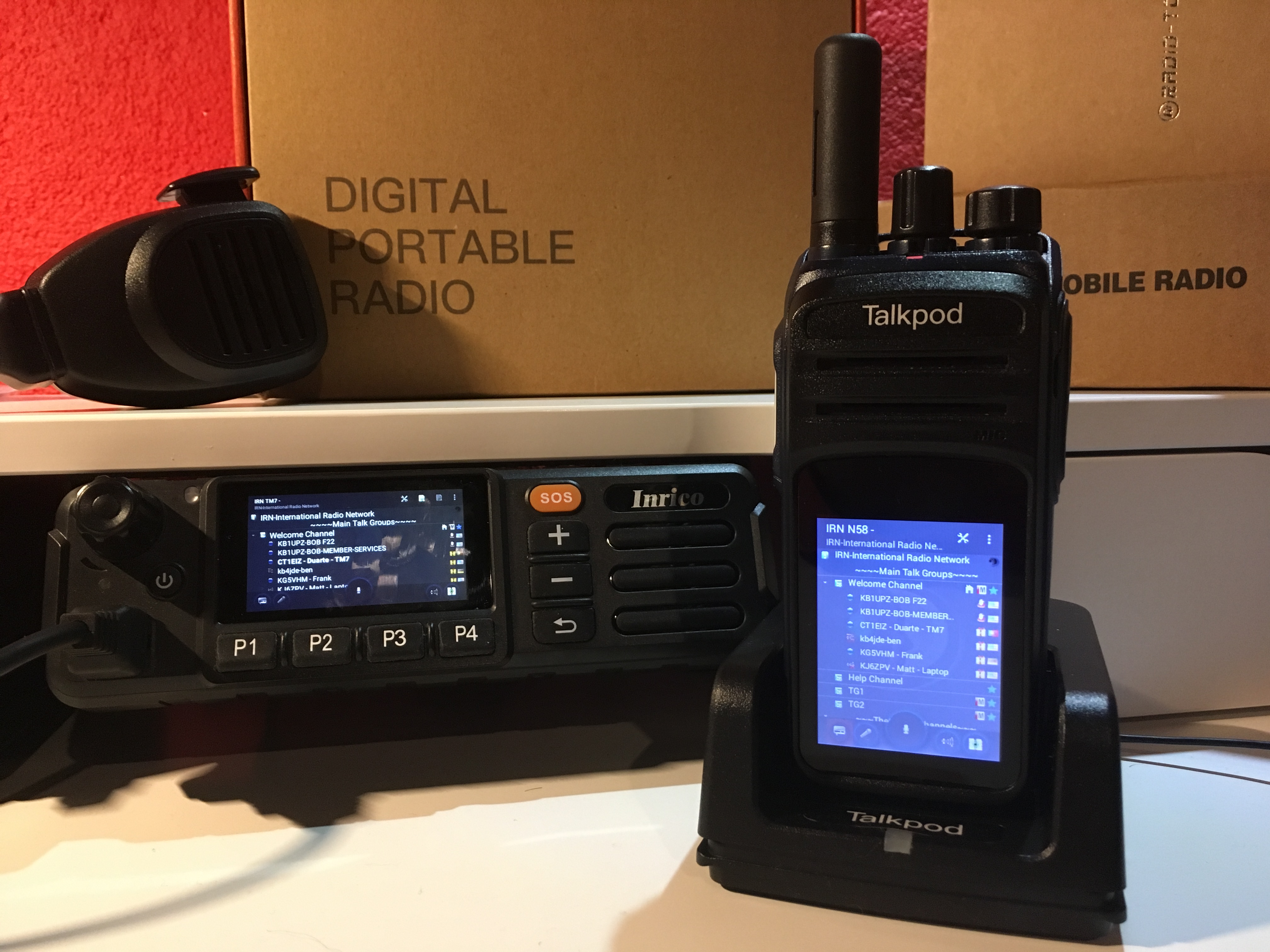
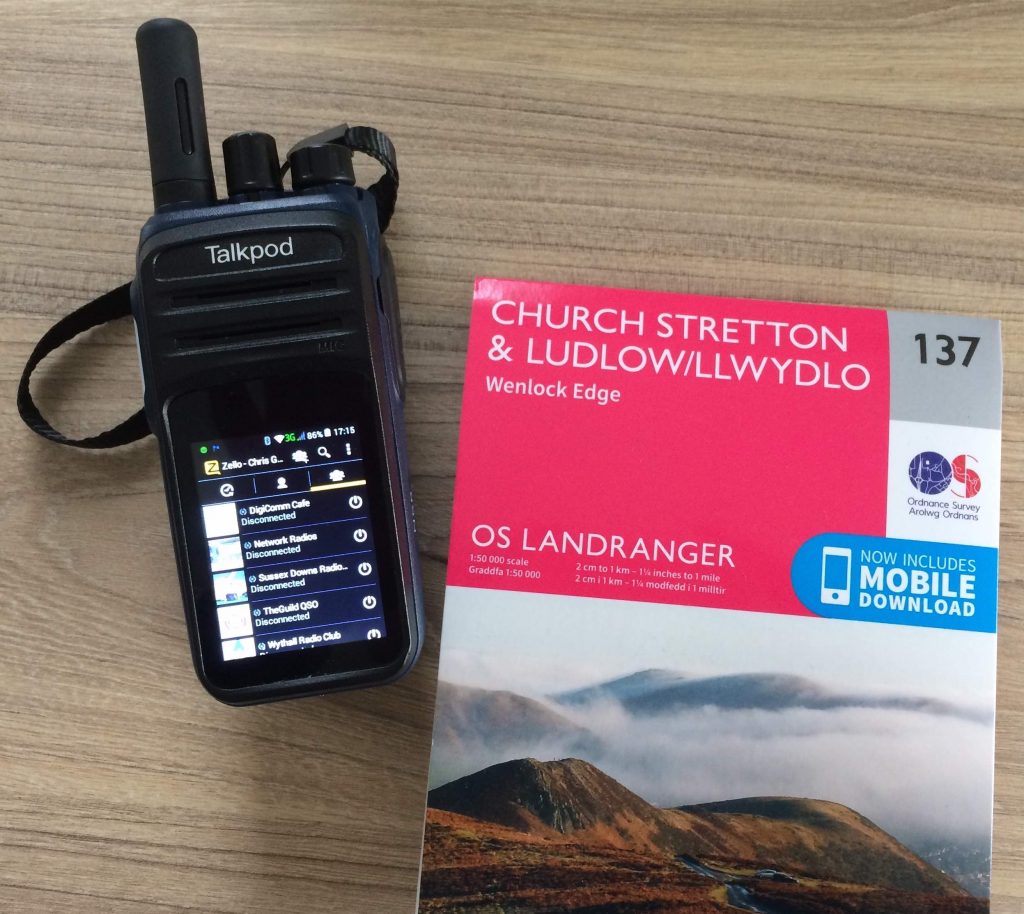
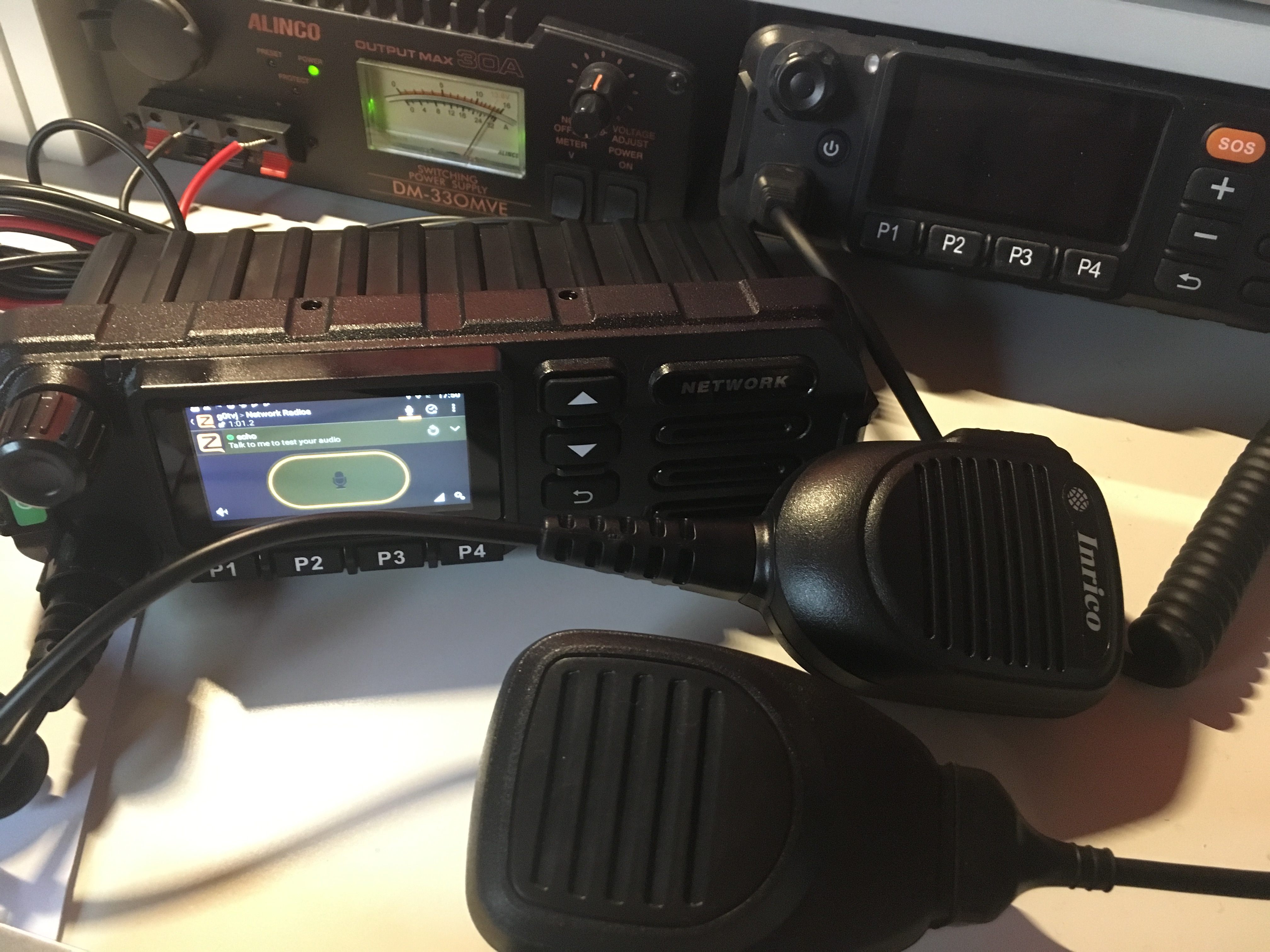
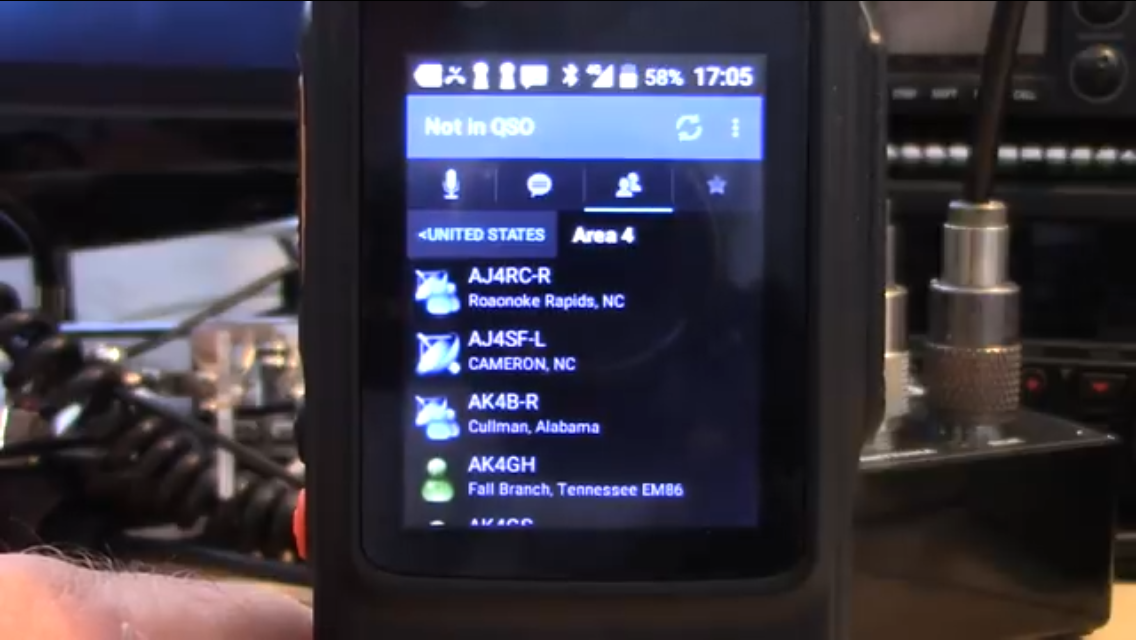
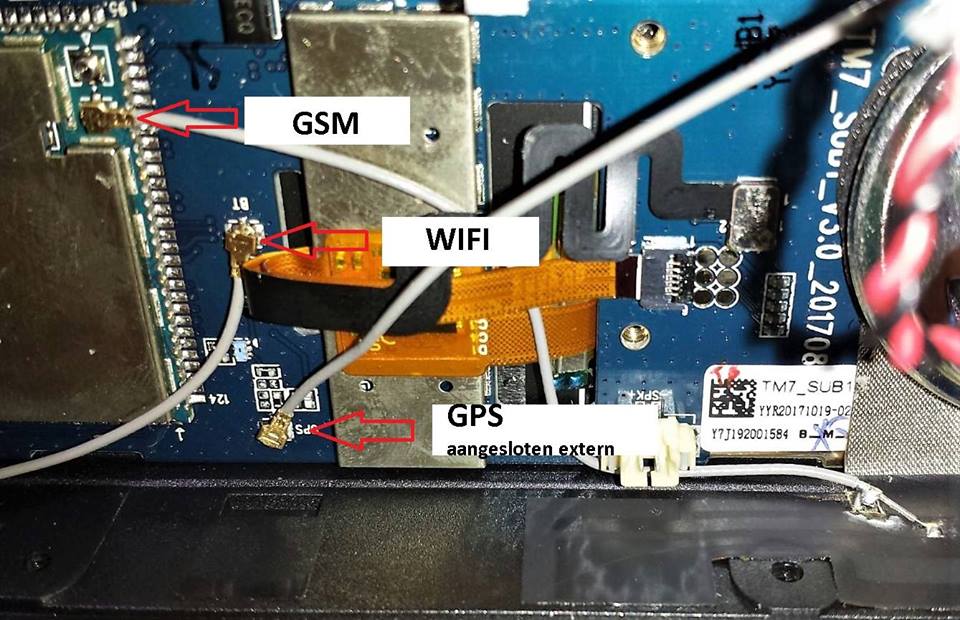
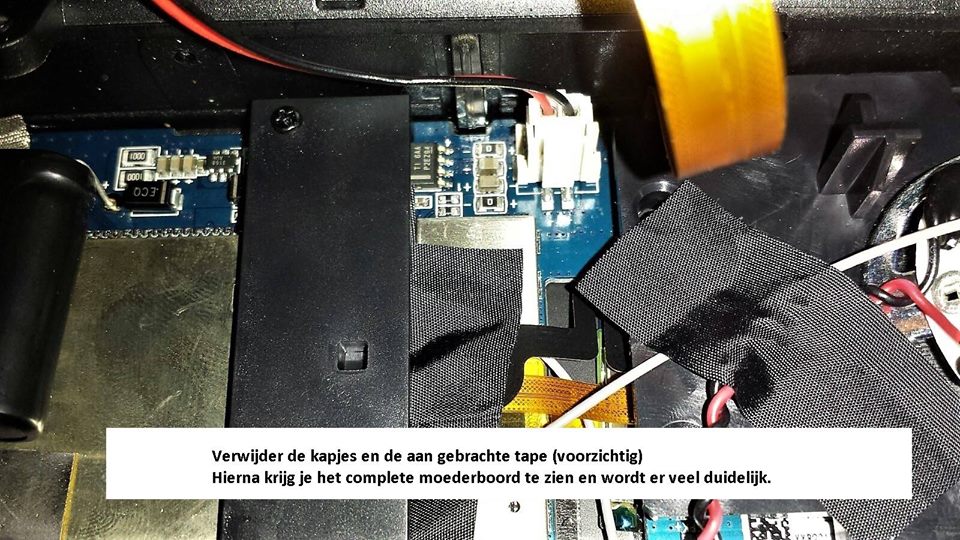
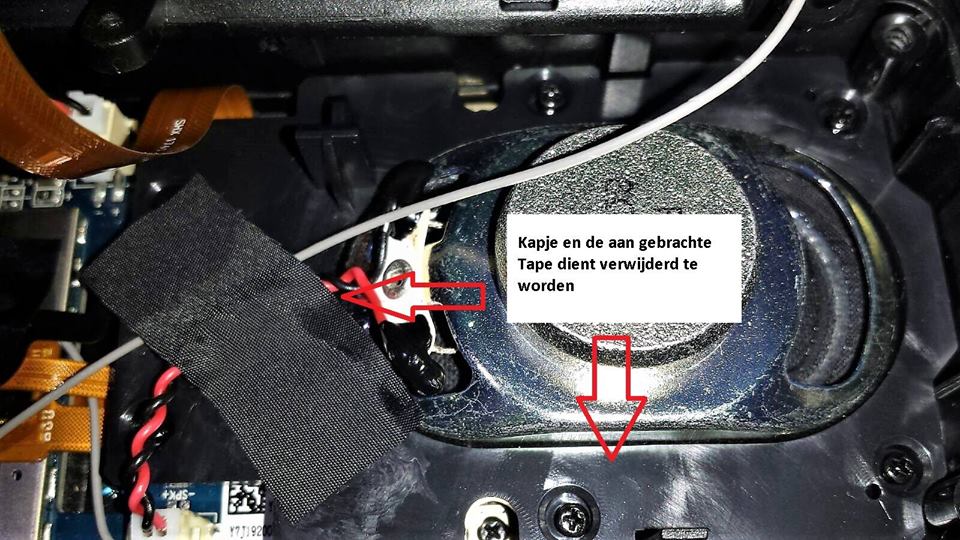
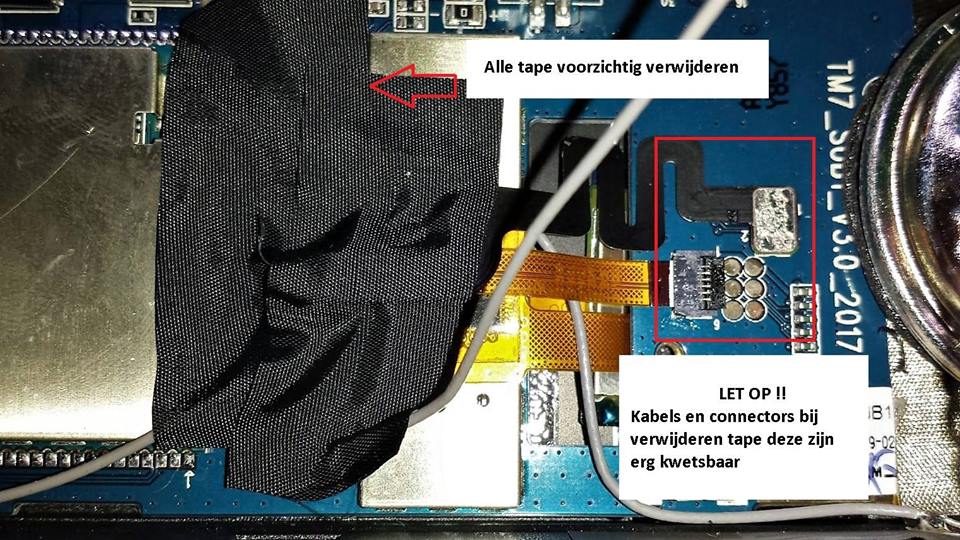



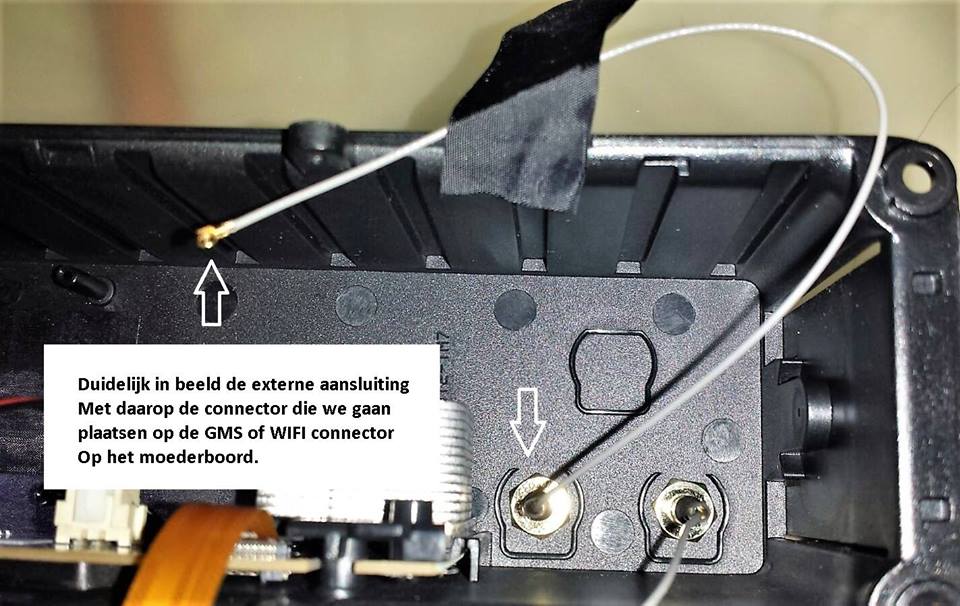
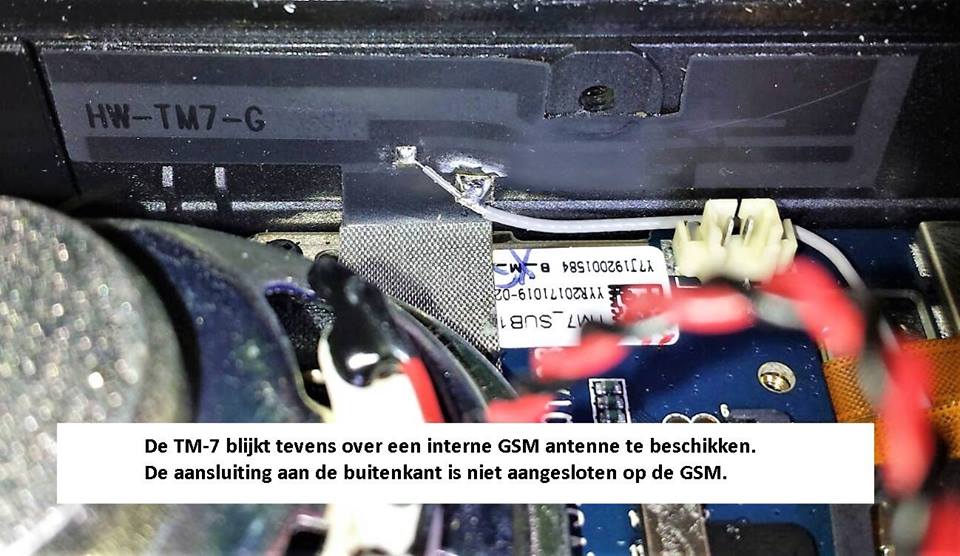
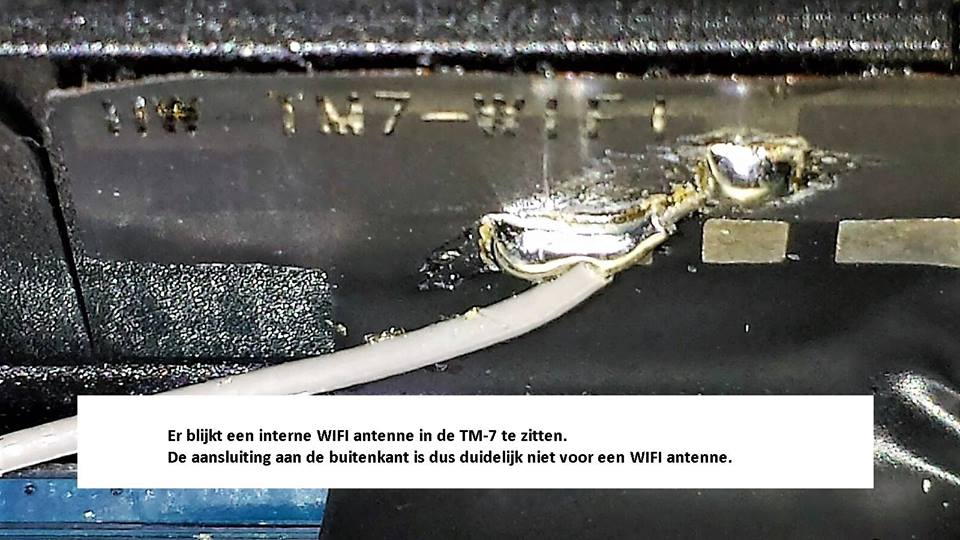

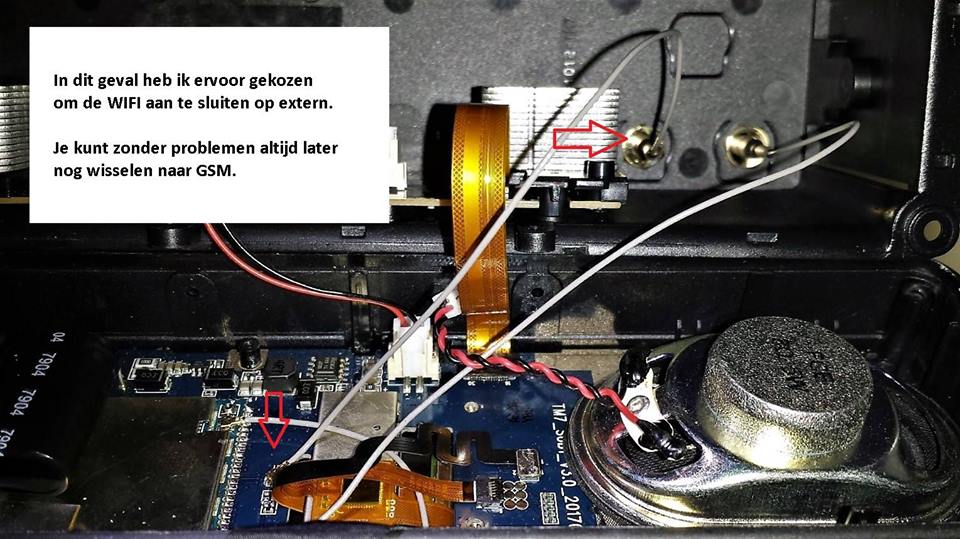
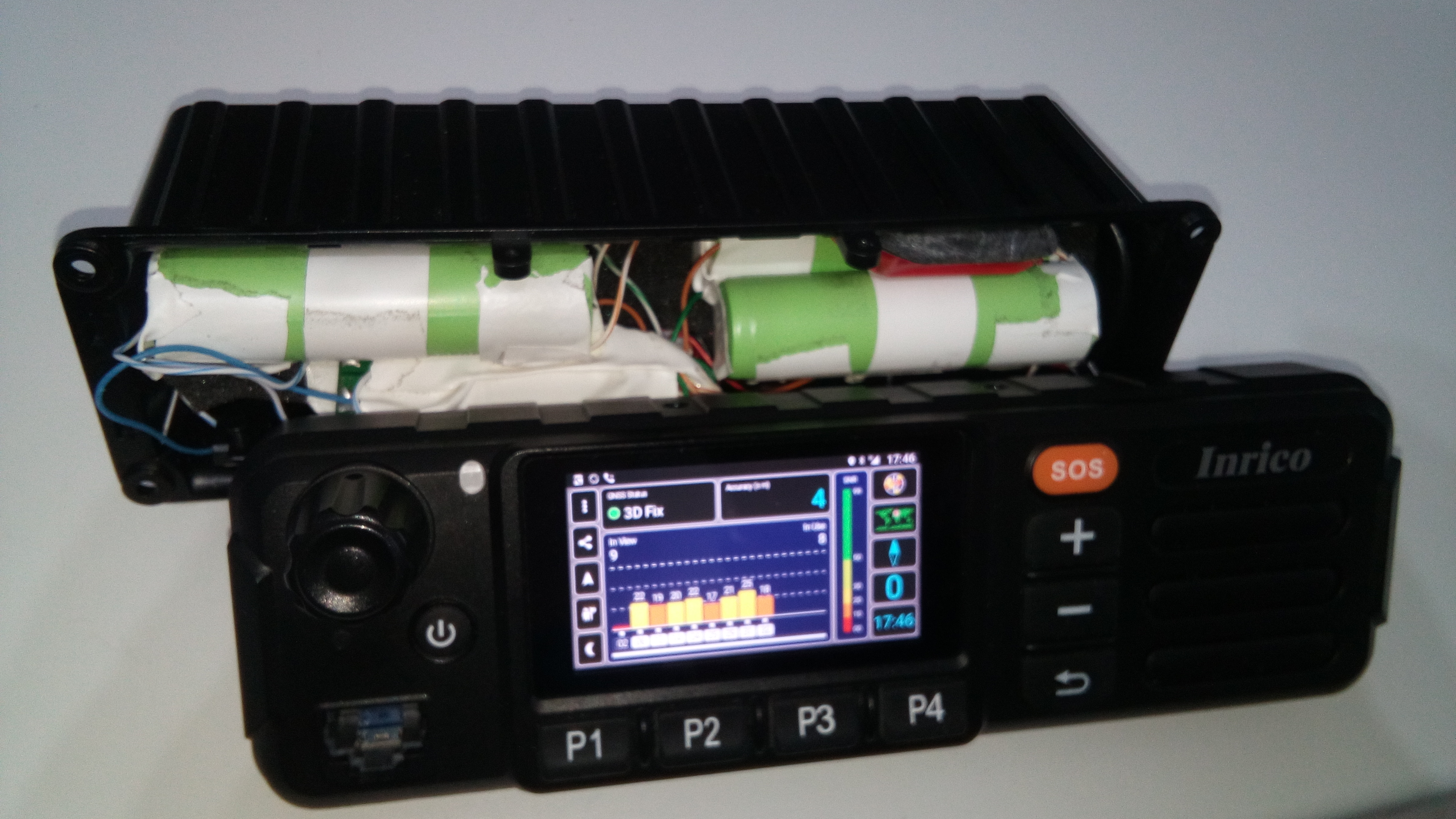
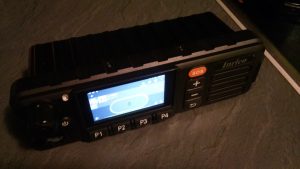
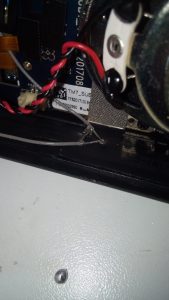
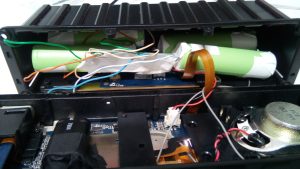
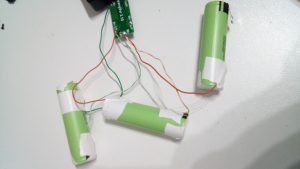
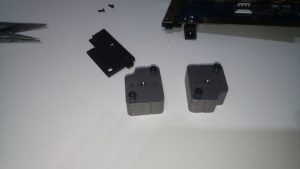


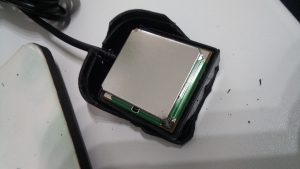
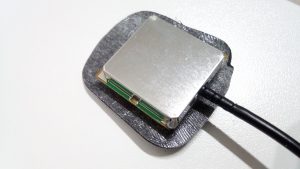
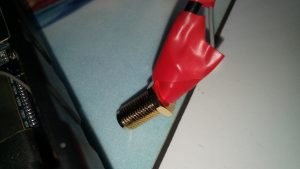
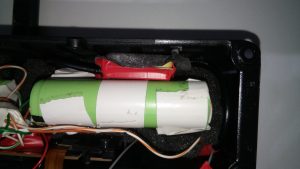
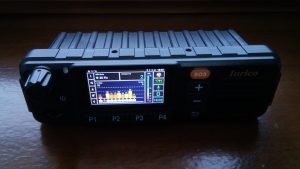
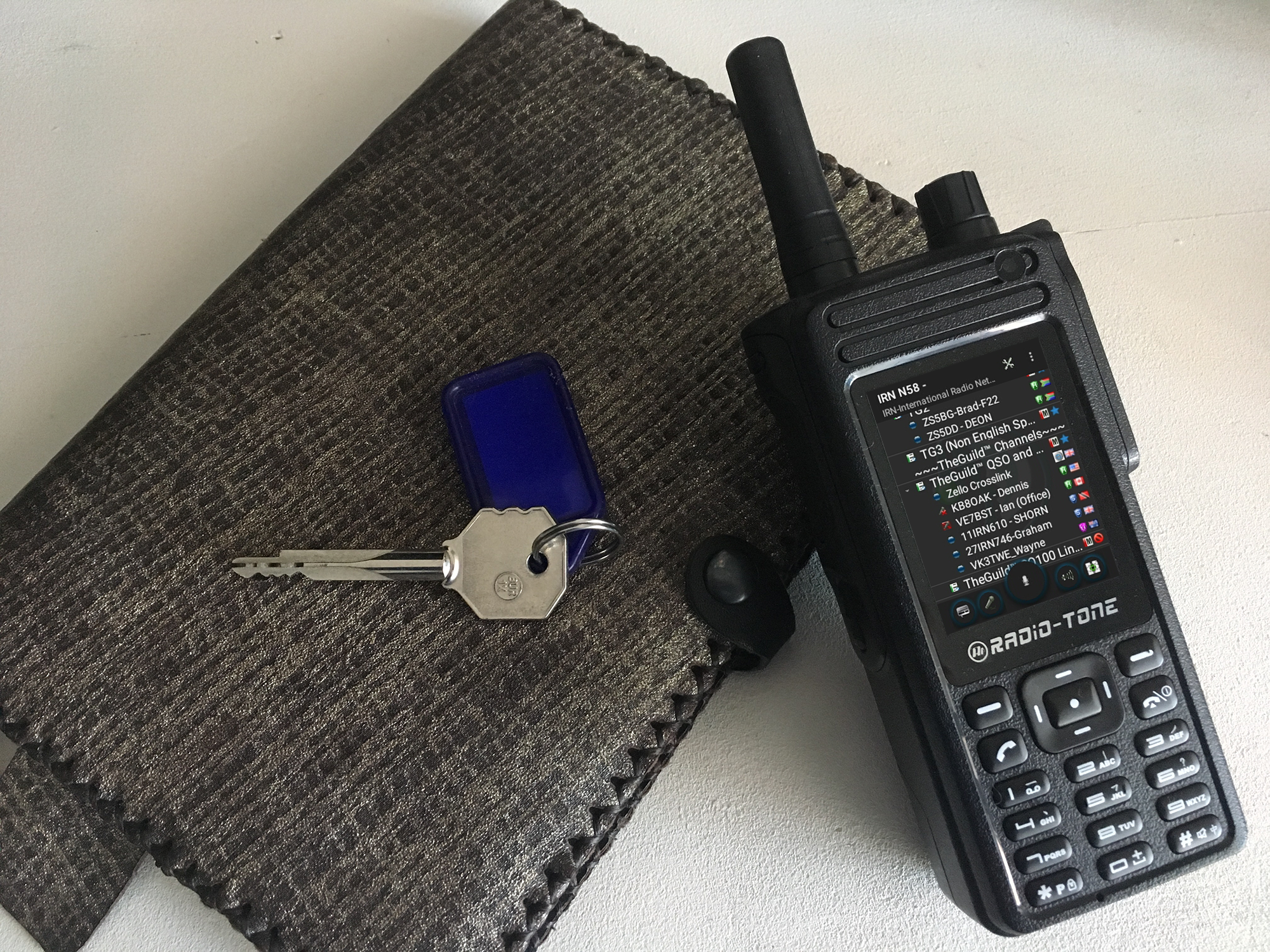

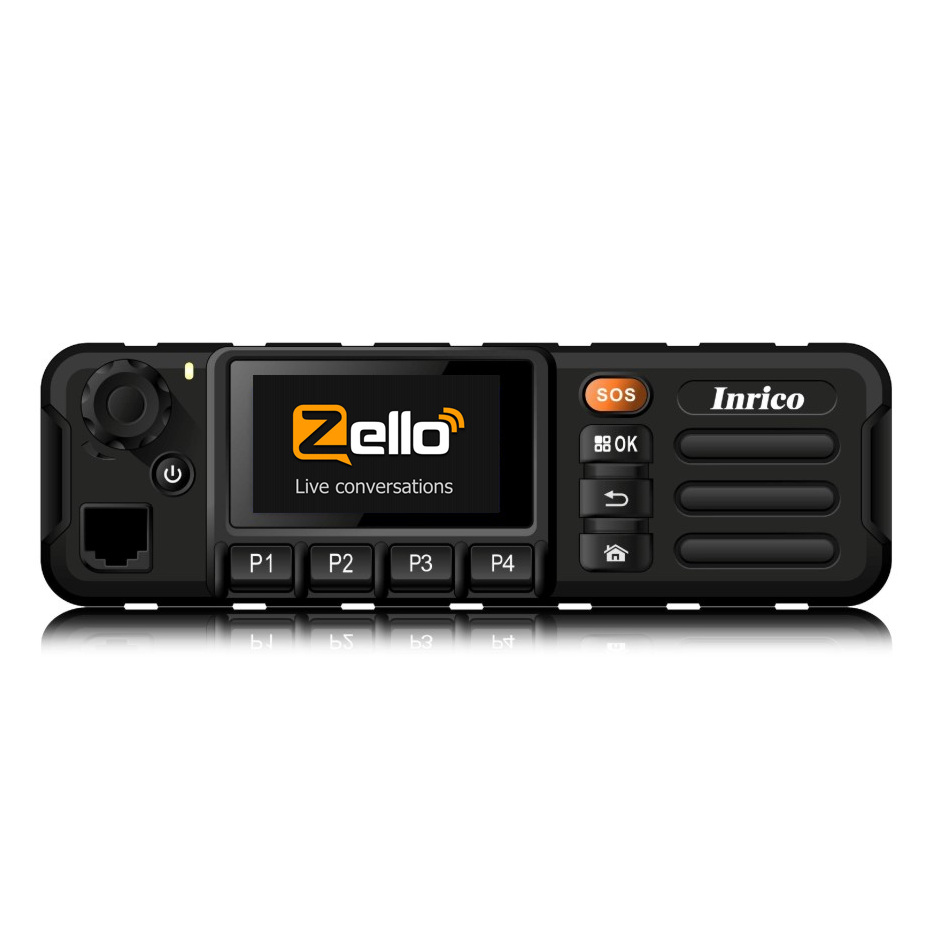
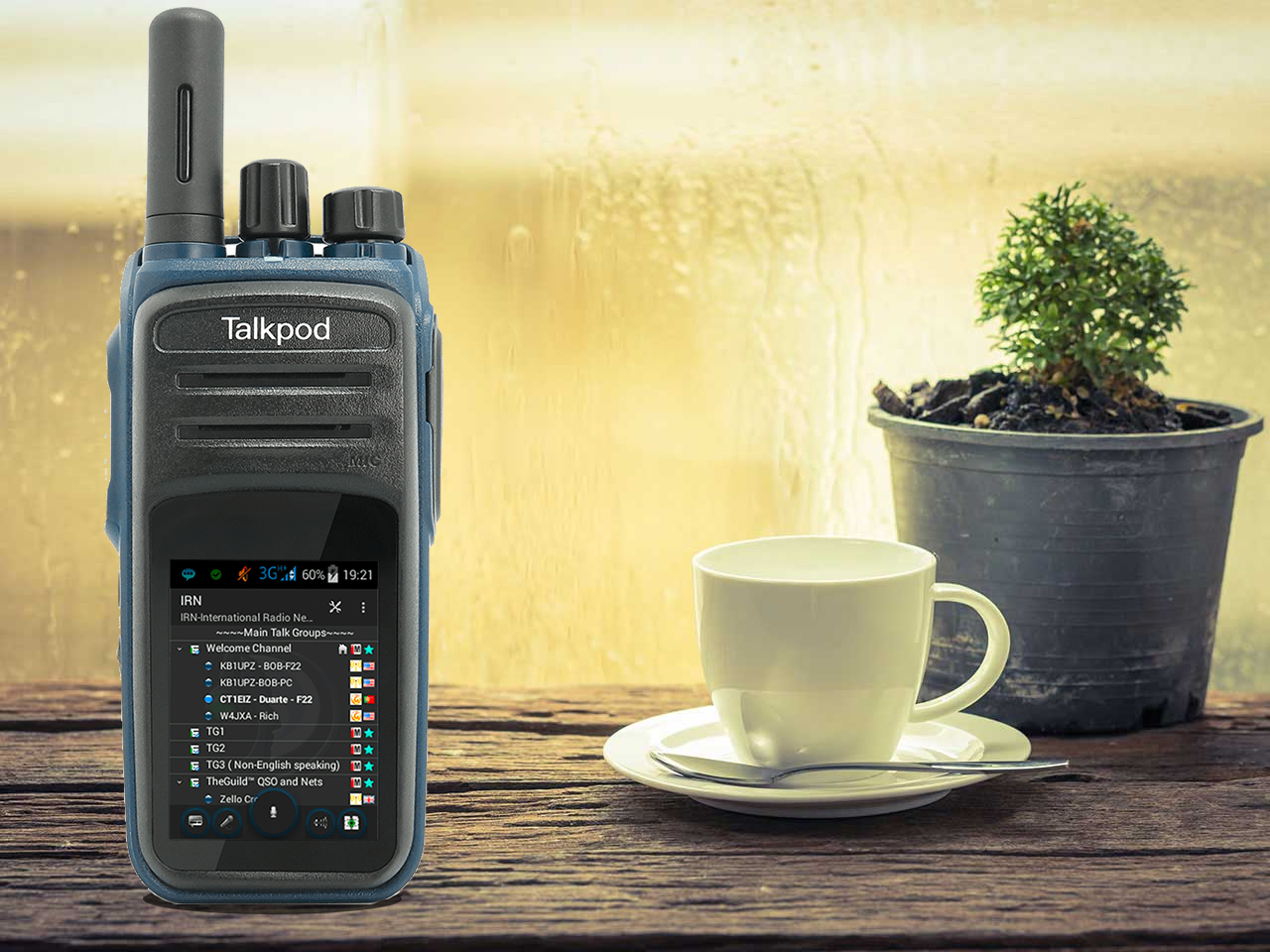
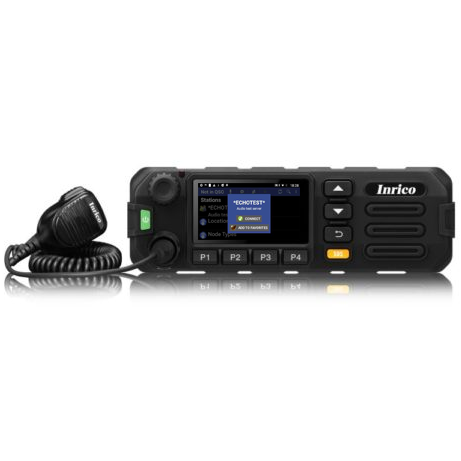
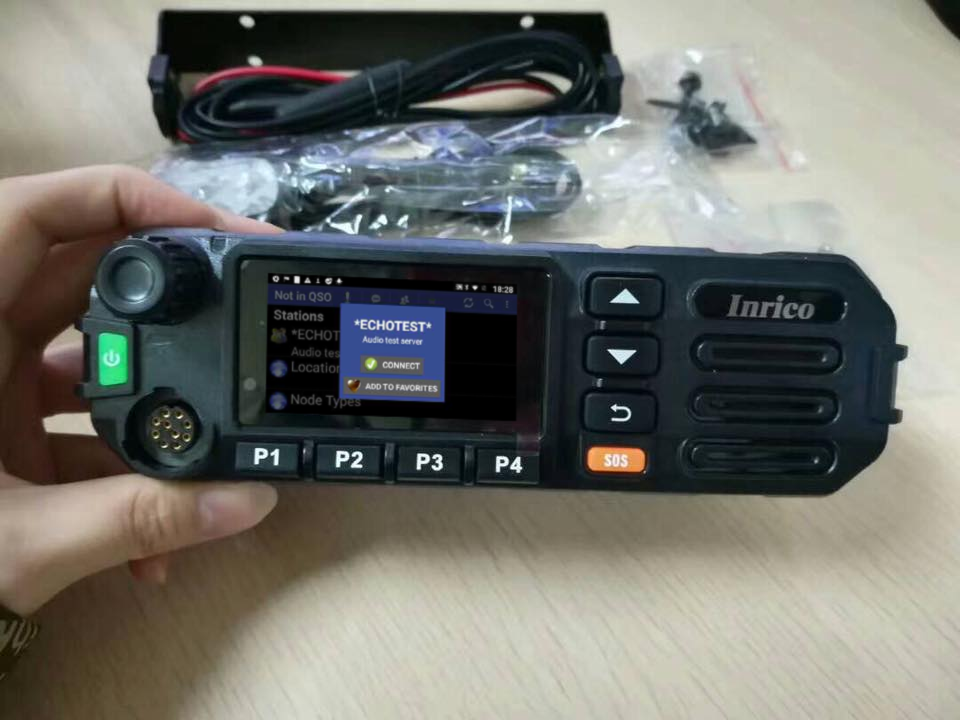








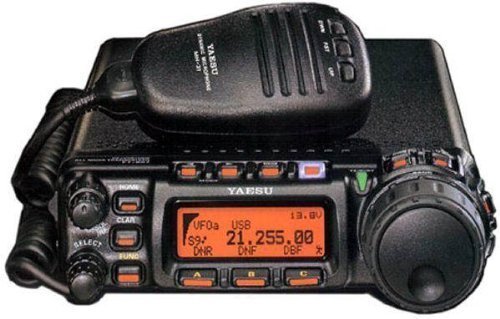

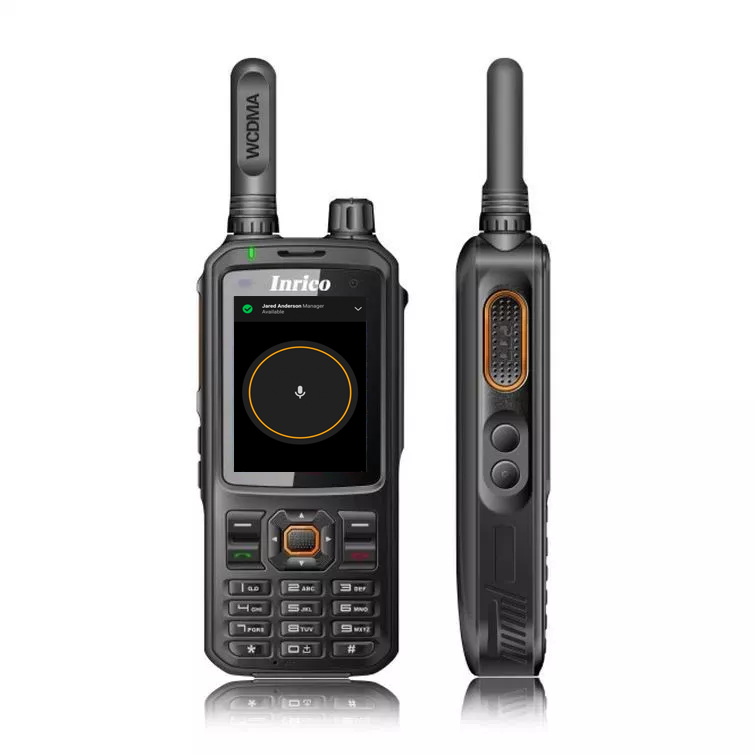

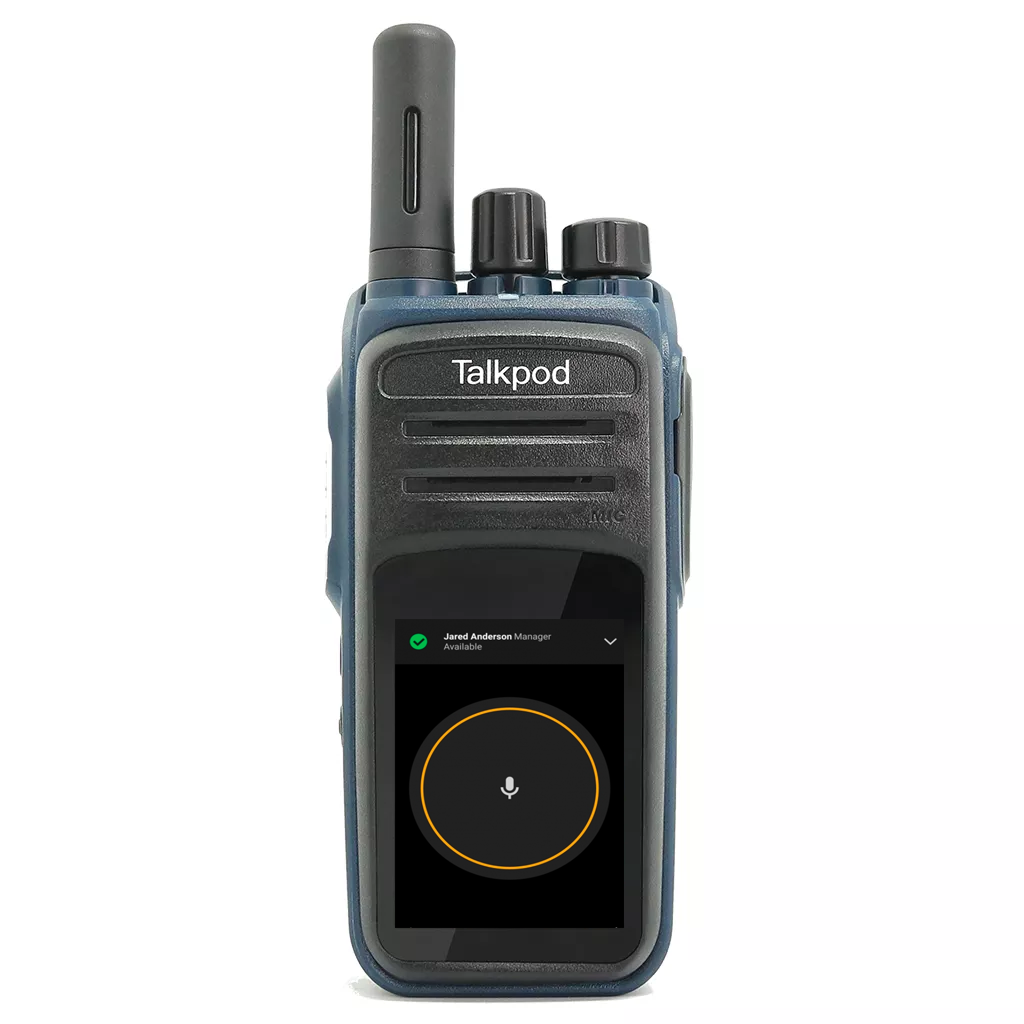
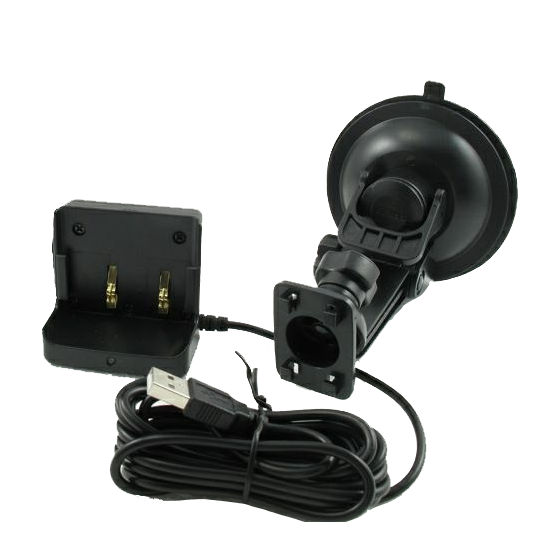
 Official RFinder shop
Official RFinder shop Official Inrico shop
Official Inrico shop Worldwide fast deliveries
Worldwide fast deliveries